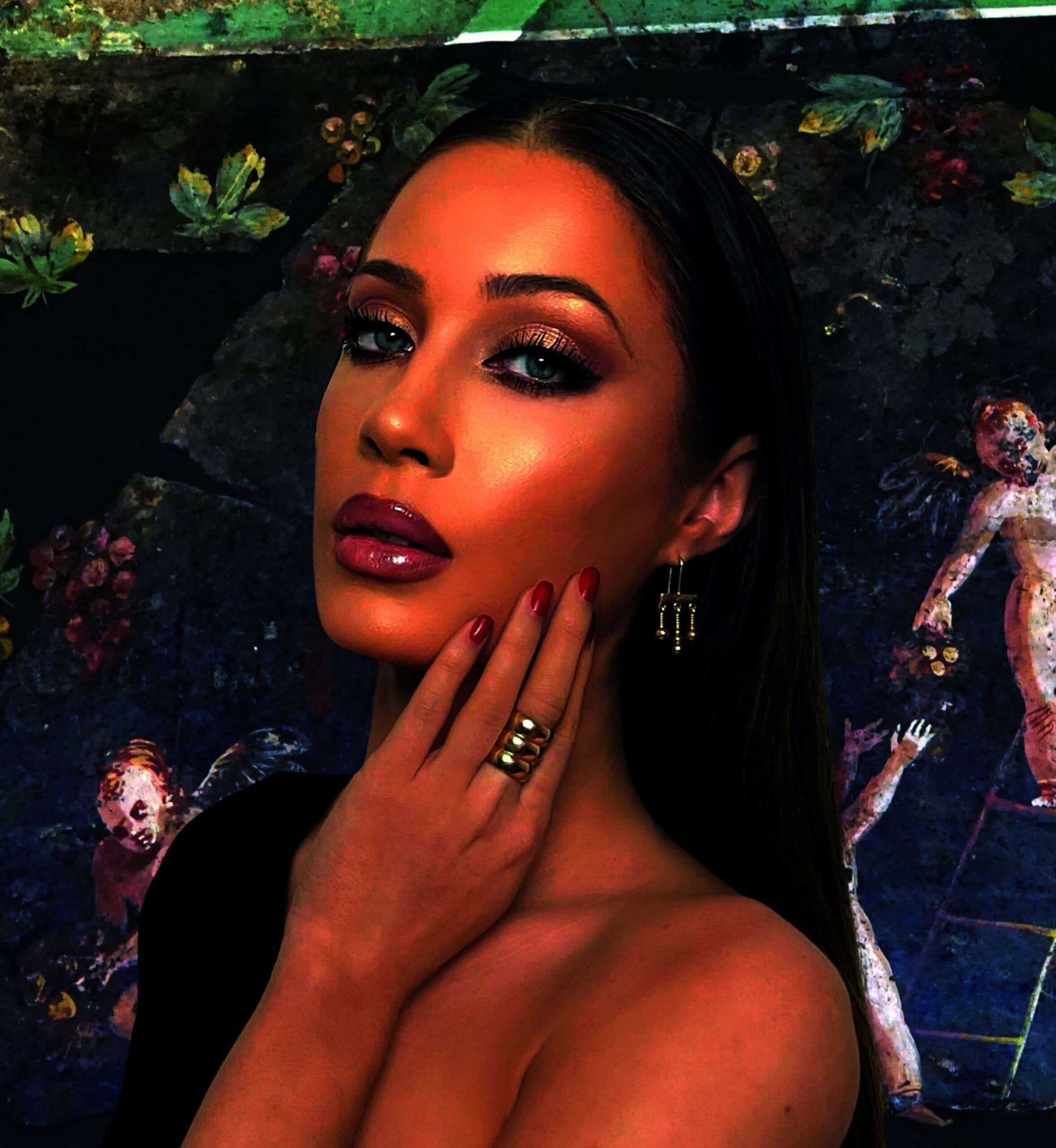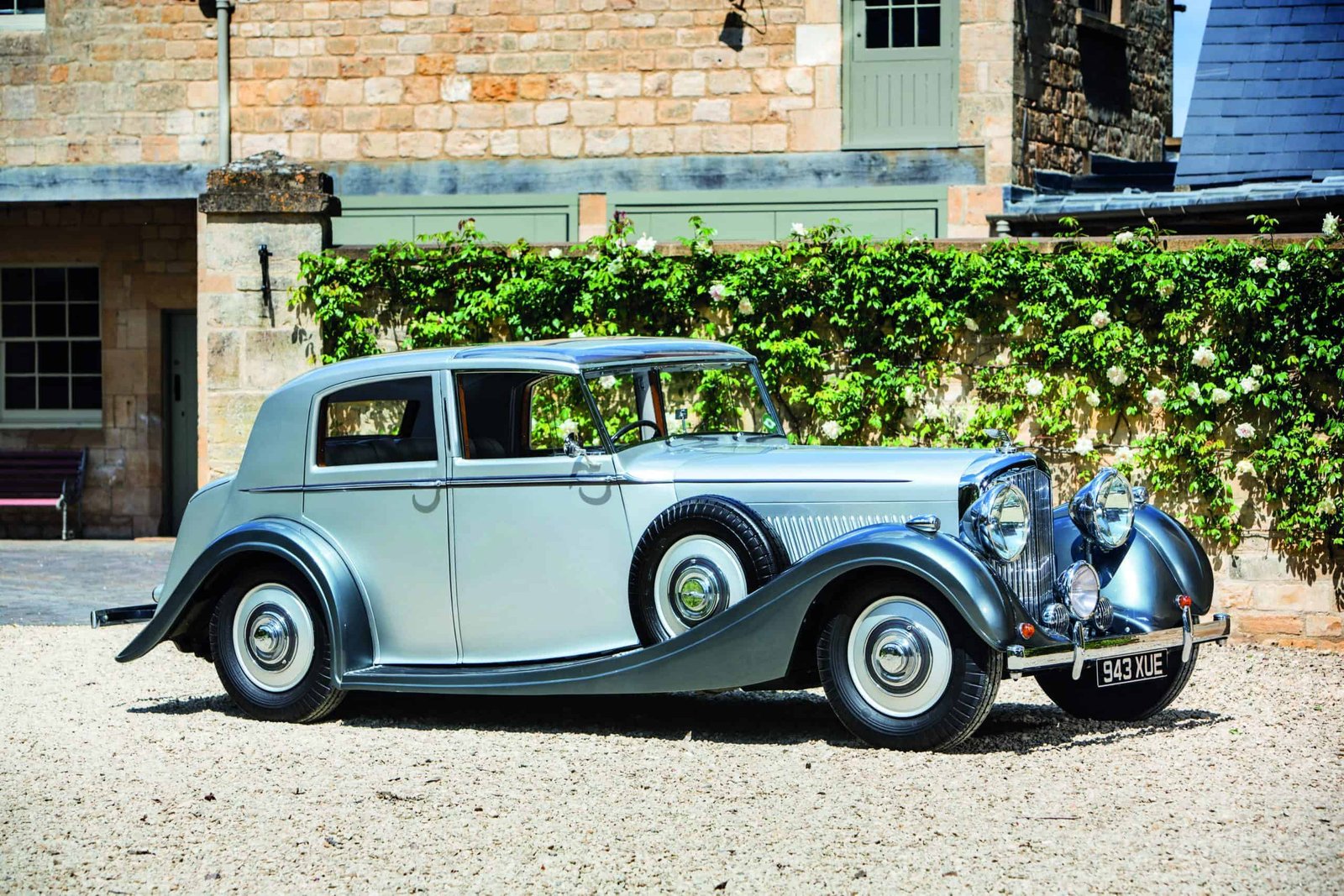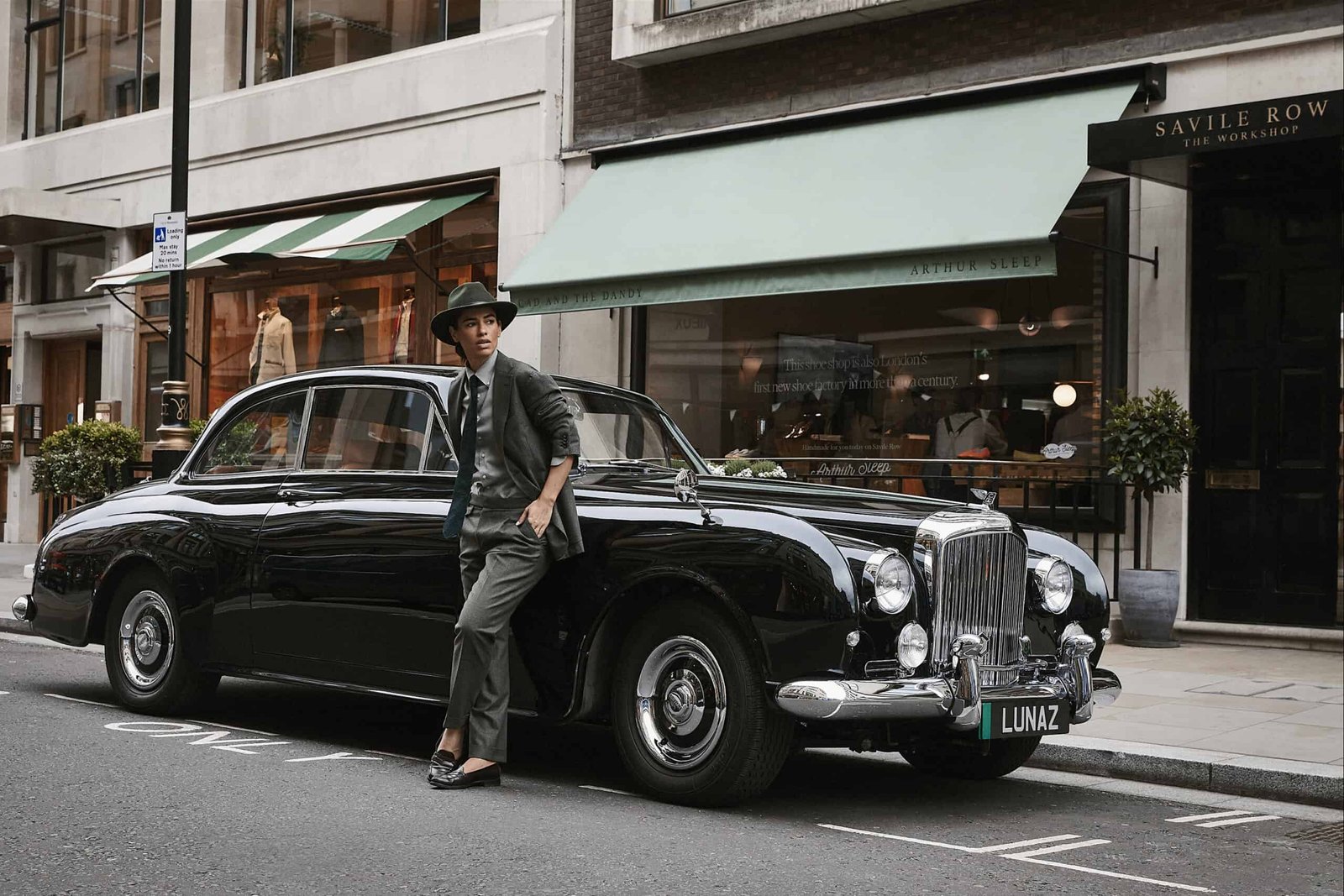Inspired by ancient Roman designs, ROMAE Jewelry brings the elegant style of thousands of years ago to the modern day
As a classical archaeologist, professor and curator based in Rome, Cris Corrado has a deep admiration for the ancient world. While talking to students and taking them to museums and historic sites, she found that many were fascinated by the beauty of Roman jewellery, precious items with a style that has endured across the centuries while providing a link to civilisations of the past. In 2020, she founded ROMAE Jewelry with her daughter, Elena Isolina Goulet, to recreate artefacts that celebrate the elegance and excellence of Roman craftsmanship.
“We are faithful to the ancient examples that inspire our jewellery. Not only are the finished pieces quite beautiful, they are a connection to the past,” says Cris. “The jewellery is a tangible bridge, helping preserve our shared cultural heritage. With each sale, we provide clients with information about the original ancient object that inspired their piece, such as when it was made and what it represents. It is jewellery with a story: we highlight the educational aspect.”

Cris credits Elena, who grew up in Italy but is now based in New York, for the company’s aesthetical direction. “She is an artist in oils and charcoals and is part of the reason our collection has a contemporary flair. She has fully designed some of our most popular pieces, and we take part in every aspect of the company together.”
The pair employ artisans in Italy, the US, Turkey and Thailand to bring to life designs inspired by jewellery housed in the collections of some of the world’s best museums. They also take inspiration from depictions of jewellery in ancient Roman art, specifically in marble and in fresco. One of ROMAE’s first and most popular creations is a pair of earrings modelled on an example in the British Museum from the third century AD. Cris and Elena named them after the empress Faustina the Elder. Classically Roman, they feature three dangles hanging from a flat bar, with a characteristic Roman hook at the back.
ROMAE’s jewellery is available in selected boutiques, museum shops and online. Each piece is made to order, with a selection of stones and metals – up to 22- and 24-carat gold, which was the preferred choice of ancient artisans for its malleability – and personalised inscriptions. Clients may even bring their own historical items to be made anew. As part of the online service, clients may nominate a charity from a selection to receive four per cent of the sale proceeds. An additional percentage is donated to environmental causes. “We are intent on preserving our future as well as our past,” says Cris.


ROMAE Jewelry started with revival pieces from the Roman world, but has expanded to include the Greek, Etruscan and Bronze Age Aegean eras. Because of the superb goldwork and dazzling motifs, Elena says, the Hellenistic Greek and first and second century AD Roman designs remain the most popular. The company hopes to explore civilisations from across the globe. “It’s about ancient metalworking, timeless designs and precious stones. That is what attracts us, and it is what we like to offer our clients,” says Cris.
As well as breathing life into ancient style, ROMAE Jewelry is reviving the mechanically brilliant clasps and fittings used by the ancients that were forgotten until now. “It is human nature to want to remember the past,” says Elena. “ROMAE Jewelry allows us to preserve beautiful things and our history, and to keep alive something that might have been otherwise lost. The designs are delightful, timeless and incredibly wearable, and they bring the ancient world into our contemporary times.”
www.romaejewelry.com













